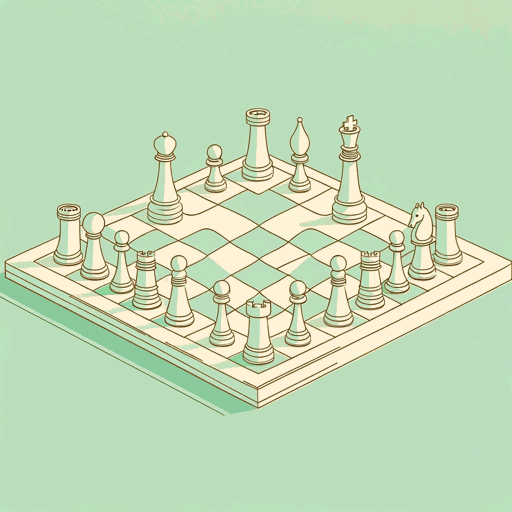43 pages • 1 hour read
Malcolm GladwellOutliers
Nonfiction | Book | Adult | Published in 2008A modern alternative to SparkNotes and CliffsNotes, SuperSummary offers high-quality Study Guides with detailed chapter summaries and analysis of major themes, characters, and more.
Part 2, Chapter 8-EpilogueChapter Summaries & Analyses
Part 2: “Legacy”
Chapter 8 Summary: “Rice Paddies and Math Tests”
This chapter is about the phenomenon of Asian students generally doing better in math than students from Western cultures, which is shown by standardized tests given worldwide. Part of this, Gladwell argues, comes from language. Linguists have pointed out that learning English vocabulary for math is more rote because it doesn’t follow a strong pattern, while Asian languages are logical and patterned. For instance, there are different words in English for each group of ten: ten, twenty, thirty, and so on. Likewise, the teen numbers are especially tricky, using unique words (eleven, twelve, etc.). By contrast, for example, Chinese builds solely on the concept of ten and has a strict pattern: “one-ten-five” means fifteen, “two-tens-five” means twenty-five, and so on. Thus, children make more headway early on, and it’s estimated that Asian children are a whole year ahead of English-speaking children in math by age five.
The difference, however, runs deeper than that. Gladwell goes back in history to describe in depth the amount of labor required in rice-producing cultures found in Asia versus cultures in Europe, where other crops were grown. Rice is much more labor-intensive, requiring constant work. Peasants in southern China also produced two harvests and engaged in other tasks during the short winter season, thus spending more time actively working than European peasants did.
Related Titles
By Malcolm Gladwell

Blink: The Power of Thinking Without Thinking
Malcolm Gladwell

David and Goliath: Underdogs, Misfits, and the Art of Battling Giants
Malcolm Gladwell

Talking to Strangers: What We Should Know About the People We Don’t Know
Malcolm Gladwell

The Bomber Mafia: A Dream, a Temptation, and the Longest Night of the Second World War
Malcolm Gladwell

The Tipping Point: How Little Things Can Make a Big Difference
Malcolm Gladwell

What the Dog Saw: And Other Adventures
Malcolm Gladwell

